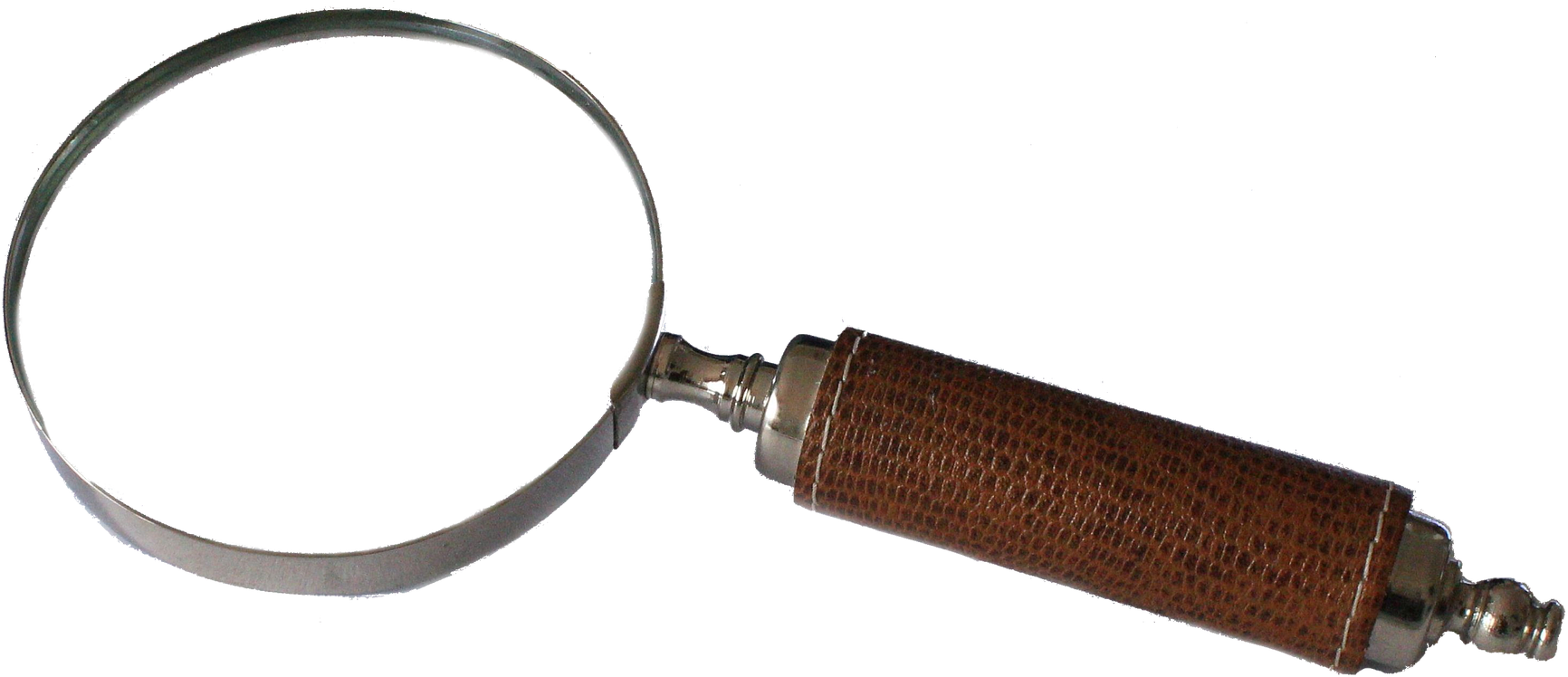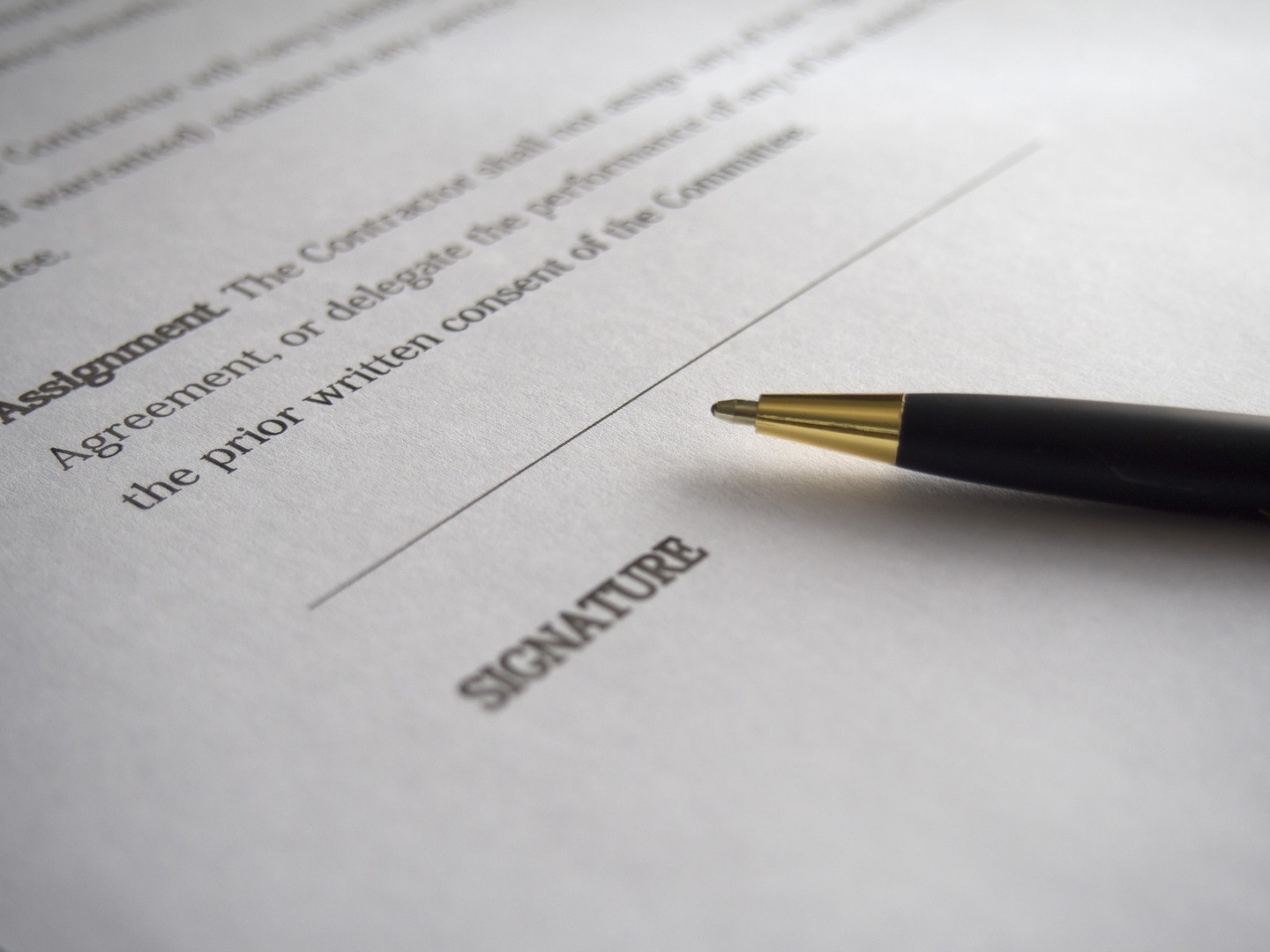:strip_exif()/reboot/media/e2ff1b32-8f47-11e8-b37b-fa163e14ea56/4e6ce928-a54e-11e8-9a13-fa163e14ea56/0-0-history-of-pulsed-light-sterilization-and-disinfection.jpg)
History of Pulsed Light for Sterilization
Introduction
Bedford (1927) and Gates (1929) were among the first to scientifically quantified the bactericidal action of UV. Today, UV light performed by mercury lamps at 254 nm is a well‑established sterilization technique for surfaces and water [1]. However, the ability of some microorganisms to repair the DNA damage caused by UV light at low doses was a first limit of the mercury lamp. Secondly, if mercury bulbs break, dangerous mercury vapor may be released.
The alternative ? A lamp filled with inert gas, able to generate intense short pulse of UV light and whose use for disinfection…
From 70’s to 80’s : exploration

Pulsed light, as a sterilization solution, was patented by Hiramoto in Japan in 1980 and extended to US, notably, in 1984 [2]. The abstract of this patent is still relevant some fourty years later.
« A method of sterilization effected by using flash discharge ultraviolet lamp which provides a very large instantaneous luminescence output, destroying at an increase sterilization rate and in a reduced irradiation time micro‑organisms, particularly Aspergillus niger and those organisms in the lower layers which have been difficult to destroy by the lamp method of the prior art. »
Several patents were cited in the Hiramoto’s document, demonstrating the interest of discharge lamps for disinfection in the 70’s (and even before). Hiramoto suggests that both pulsed UV radiation and thermal effect are responsible for the disinfection effect.
Kira Takehiro [3] studied and patented discharge lamp for Ushio Electric in 1977 in Japan. This discharge lamp were filled with a combination of mercury and a noble gas which permits to emit abondantly untraviolet between 200 to 250 nm. The application was not disinfection but photolithography at this time.
In 1976, in US, Edward Webb, Nikolaos Barakitis and Keith Pigott developed and studied a highly loaded UV emitting arc discharge lamp (with an arc lamp of almost 100 cm !). The lamp was filled with mercury, inert gas (could be argon) and a small amount of nobium. The idea of this patent was to achieve the stability of the long arc lamp (over 36 inches) [4].
Always in 1976, in India, Lowell Tensmeyer described the way to kill micro‑organisms in the inside of a container utilizing a laser beam induced plasma. Ultra‑short‑pulsed laser beam (between 1µs and 50ms) are directed into the inside of the contained, with an optimization of the focal point of the light. The succession of ultra‑short‑pulsed induces germicide effects [5].
In 1977, in US, Daniel Altman, Glidden Barstow and Myer Geller, described, in the patent n°4035691, the beginnings of Intense UV pulsed light. A high intensity source produces light from 360 nm and 430 nm (UVA). Lamps are filled with Xenon and Mercury gases. Electrodes are connected to a pulsed electrical power generating the high intensity output [6].
In the 70’s and 80’s, new concepts are being introduced : discharge lamp, ultra‑short‑pulsed less than 500 µs, introduction of xenon gas inside lamps, electrical power for high intensity output, etc. Pulsed light technology involves the use of inert‑gas flash lamps that convert short‑duration and high‑voltage electric pulses.
From 80’s to 90’s : applications
In 1986‑1987, Maxwell laboratories and the californian startup Alwek Corp (A. Wekhof) investigated applications of the high‑power plasma‑dynamic UVC source. The collaboration enabled to provide data on various biological agents [7]. Maxwell laboratories and Alwek Corp established the technological foundation of pulsed light sterilization.

In 1988, Maxwell laboratories bought the Hiramoto patent and started Purepulse Inc. with the R&D and financial partnership of Tetra Pak. During the 90’s, Purepulse® has contributed through numerous patents to enriching the applications of pulsed light [8].
In 1996, Joseph Dunn (Purepulse®) proposes the pulsed light treatment of food products and packaging materials. Combination of the pulsed light treatement with another treatment as heat treatment, chemical agent or modified atmosphere, is explained in this patent [9] and lead to an optimization of the germicidal effect.
And in 1996, pulsed light technology was adopted by the US Food and Drug Administration (FDA) for food processing [10]. The total cumulative treatment shall not exceed 12 Joules/cm² which is particularly high and easily sufficient, to those who are familiar with the technology.
Purepulse® continues research activities on the pulsed light applications in 1998 and 1999. Two patents were pending, for pulsed light sterilization of packages [11], [12], [13].
In parallel, Alexander Wekhof, previously in US (Alwek corp), worked since 1996 within his Wek‑tek Gbr (current Steribeam®) in Germany in order to develop Pulsed UV systems. His work was completed in 1999‑2001 with colleagues from the Fraunhofer Institut by publications, cited worldwide [14].
Since 2000 : commercialization

Several projects have been started following patents and publications on the subject. New businesses have emerged. Other have closed down or re‑focused their activities.To conclude, pulsed light technology is still considered as an emerging technology … based on 50 years of research ! But, sure, the technology still has many fruitful years ahead of it.
[1] Emerging technologies for food processing, edited by Da‑Wen Sun
https://books.google.fr/books?id=mgJ0AwAAQBAJ&printsec=frontcover#v=onepage&q&f=false
[2] Method of sterilization, Tatsumi Hiramoto, US4464336
[3] Discharge lamp, Kira Takeihiro, US4190786
[4] Ultraviolet emitting arc discharge lamp, Edwar Webb, Nikolaos Barakitis and Keith Pigott, US4074166
[5] Method of killing microorganisms in the inside of a contained utilizing a laser beam induced plasma, Lowell Tensmeyer, US3955921. https://worldwide.espacenet.com/publicationDetails/claims?CC=US&NR=3955921A&KC=A&FT=D&ND=4&date=19760511&DB=EPODOC&locale=en_EP
[6] Pulsed laser excitation source, Altman et al., US4035691
[7] Disinfection with Flash Lamp, 2000, Alexander Wekhof
https://www.researchgate.net/publication/12392395_Disinfection_with_flash_lamp
[8] High pulsed voltage systems for extending the shelf life of pumpable food products, Andrew Bushnell, Joseph Dunn, Reginald Clark, 1989 WO9015547
[9] Pulsed light treatment of food products and packagings materials, Joseph Dunn, 1994, US19940927
[10] FDA, Pulsed light for the treatment of food, Title 21, Volume 3, 21CFR179.41, Aug 15, 1996
[11] Parametric control in pulsed light sterilization of packages and their contents, Reginald Clarkk, James Lierman, Donald Lander, joseph Dunn, for PurePulse, US5925885
[12] Sterilization of packages ad their contents using high‑intensity, short‑duration of incoherence, polychromatic light in a broad spectrum, Reginald Clarkk, James Lierman, Donald Lander, Joseph Dunn, US578698
[13] Parametric control in pulsed light sterilization, Reginald Clarkk, James Lierman, Donald Lander, Joseph Dunn, US6566659
:strip_exif()/reboot/media/e2ff1b32-8f47-11e8-b37b-fa163e14ea56/c670c6e8-2d4b-11ef-a101-0242ac120012/1-1-logo-sterixene-pulsed-light-et-uv-led-decontamination-par-lumiere-pulsee-desinfection-sterilisation.png)
:strip_exif()/reboot/media/e2ff1b32-8f47-11e8-b37b-fa163e14ea56/c670c6e8-2d4b-11ef-a101-0242ac120012/1-1-logo-sterixene-pulsed-light-et-uv-led-decontamination-par-lumiere-pulsee-desinfection-sterilisation.png)
:recolor():strip_exif()/reboot/media/e2ff1b32-8f47-11e8-b37b-fa163e14ea56/a187805a-1807-11ea-a688-0242ac130003/0-0-microbiological-tests.jpg)
:recolor():strip_exif()/reboot/media/e2ff1b32-8f47-11e8-b37b-fa163e14ea56/4415dfee-4f38-11ea-90ac-0242ac130005/0-0-interieur-machine-3.jpg)
:recolor():strip_exif()/reboot/media/e2ff1b32-8f47-11e8-b37b-fa163e14ea56/79a440d2-1807-11ea-b135-0242ac130003/0-0-biological-indicators.jpg)